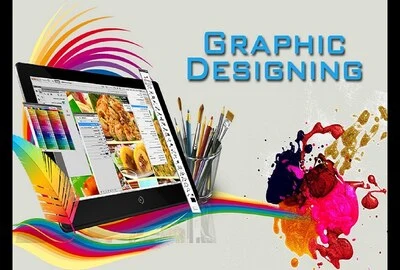Unleash your creativity and master the art of visual communication with our Graphic Designing Course. Whether you’re a beginner or an aspiring designer, this course covers everything from Adobe Photoshop, Illustrator, and Canva to advanced design principles, branding, and UI/UX design.
Learn how to create stunning graphics, logos, social media designs, and marketing materials that captivate audiences. Perfect for freelancers, marketers, and creative professionals looking to build a successful career in design.

In the fast-evolving digital media and communication landscape, graphic design has emerged as a pivotal skill. From creating eye-catching visuals to shaping brand identities, the demand for skilled graphic designers is higher than ever. Enrolling in a well-structured graphic designing courses in lahore at Burraq Enginieering Solutions can be a game-changer for your career if you’re considering diving into graphic design. Let’s explore the ins and outs of such courses, from the basics to advanced skills, and uncover the keys to success. Enroll today and design your future with confidence.
Graphic design is the art of visual communication, combining text and images to convey messages effectively. In today’s visually-driven society, where attention spans are short and first impressions matter, graphic design is crucial in capturing and retaining audience interest. Whether you’re an aspiring designer or looking to enhance your creative skill set, a graphic design course can open doors to a world of possibilities.
One of the primary benefits of pursuing a graphic design course is the vast array of career opportunities it unlocks. Graphic designers are in demand across various industries, including advertising, marketing, web development, and more. The skill set acquired through a course qualifies you for diverse roles and positions you for career growth in an ever-expanding job market.
A graphic designing courses in lahore goes beyond technical proficiency; it nurtures creativity and sharpens problem-solving skills. The course encourages students to think outside the box and develop a distinctive design style, from conceptualizing unique ideas to finding visual solutions for communication challenges.
The versatility of graphic design skills allows professionals to apply their knowledge in various industries. Whether designing compelling marketing collateral, creating user-friendly websites, or developing impactful brand identities, the practical applications are limitless. A graphic design course equips you with the tools to adapt to different sectors and thrive in a dynamic professional environment.
At the core of any graphic design course are the fundamental design principles. Understanding balance, contrast, hierarchy, and scale lays the groundwork for effective visual communication. Mastery of these principles forms the basis for creating aesthetically pleasing and impactful designs.
Graphic design courses often include hands-on training with industry-standard software such as Adobe Creative Suite. Proficiency in tools like Photoshop, Illustrator, and InDesign is essential for executing design concepts seamlessly. Practical training ensures that students are well-equipped to navigate these tools confidently.
Typography and color play pivotal roles in graphic design. A comprehensive course delves into selecting and pairing fonts, understanding the psychology of colors, and using these elements harmoniously. Mastery of typography and color theory enables designers to evoke specific emotions and enhance visual appeal.
With abundant graphic design courses available, it’s crucial to research and identify programs that align with your goals. Consider factors such as curriculum, faculty expertise, and alums success stories to gauge the course’s credibility and relevance.
The choice between online and offline learning depends on individual preferences and circumstances. While traditional classroom settings offer face-to-face interaction, online courses provide flexibility and accessibility. Evaluate your learning style and commitments before deciding which format suits you best.
Reading reviews and testimonials from current and former students can provide valuable insights into the quality of a graphic designing courses in Karachi. Look for feedback on the curriculum, teaching methods, and post-course support to make an informed decision.
A solid understanding of the basics is crucial for any aspiring graphic designer. Courses that emphasize foundational principles set the stage for advanced learning. From composition and layout to file formats and resolution, mastering the basics ensures a strong foundation for future creative endeavors.
Learning by doing is a key aspect of graphic design education. Engaging in practical exercises and real-world projects allows students to apply theoretical knowledge, honing their skills through hands-on experience. Constructive feedback from instructors and peers further refines their approach to design challenges.
Studying real-world examples of graphic design in action provides inspiration and insight. Analyzing successful design projects, understanding the design thinking behind them, and learning from industry leaders contribute to a well-rounded education beyond the classroom.
As technology advances, the demand for dynamic and interactive content rises. Courses on motion graphics and animation equip designers with the skills to create engaging visuals for websites, social media, and multimedia presentations.
User experience is a critical design element, especially in the digital realm. A comprehensive graphic designing courses in Karachi explores UX design principles, ensuring designers can create visually appealing and user-friendly interfaces that enhance the overall experience.
Developing a brand’s visual identity is a specialized skill within graphic design. Courses that cover branding principles guide students in creating cohesive and memorable brand identities, including logos, color schemes, and other brand elements.
The field of graphic design is dynamic, with trends and technologies constantly evolving. A reputable course emphasizes staying current with industry trends, exposing students to the latest design tools and techniques. This ensures graduates are well-prepared to meet the demands of the ever-changing design landscape.
Building a professional network is crucial for career advancement. Graphic design courses often provide opportunities to connect with industry professionals through workshops, events, and internships. Creating a strong portfolio showcasing your best work is essential for attracting potential employers or clients.
Many graphic design courses offer internship programs, providing students real-world work experience. Internships enhance practical skills and serve as valuable additions to a designer’s portfolio. Gaining hands-on experience in a professional setting can significantly boost career prospects.
Creative blocks are inevitable in any artistic pursuit. A well-structured course addresses these challenges by incorporating exercises and strategies to overcome creative blocks. Brainstorming, mind mapping, and collaborative projects encourage students to break through mental barriers and explore new ideas.
Learning industry-standard software can be daunting for beginners. Effective graphic design courses provide step-by-step guidance, ensuring students become proficient in using design tools. Practical exercises and projects help familiarize students with software complexities, enabling them to navigate design software easily.
Graphic design often involves working on multiple projects with varying deadlines. Courses that emphasize time management skills and project planning prepare students for the fast-paced nature of the industry. Learning to prioritize tasks and meet deadlines is crucial for success in a graphic design career.
Consistency is key to mastering graphic design. Regular practice and willingness to experiment with different styles and techniques help students refine their skills. Design is a journey of continuous improvement, and embracing the iterative process is essential for growth.
Feedback is a valuable tool for improvement. Graphic design courses that encourage peer and instructor feedback give students diverse perspectives on their work. Constructive criticism fosters a learning culture and helps designers identify areas for improvement.
Ever-changing trends influence the design landscape. Successful graphic designers stay informed about the latest design trends, tools, and technologies. Courses that incorporate discussions on current trends empower students to adapt to the industry’s dynamic nature.
A: Entry requirements vary, but most courses welcome students with a high school diploma or equivalent. Some may require a portfolio showcasing artistic abilities and creativity.
A: The duration of graphic design courses varies. Certificate programs may take a few months, while degree programs can range from two to four years. It depends on the level and intensity of the course.
A: Adobe Creative Suite, including Photoshop, Illustrator, and InDesign, is widely used in the industry. These tools are suitable for beginners and offer a comprehensive set of features for graphic design.
A: Online and offline learning depends on personal preferences and circumstances. Online courses offer flexibility, while traditional classrooms provide face-to-face interaction.
A: Graphic design graduates can pursue careers in advertising, marketing, web development, and more. The demand for skilled designers continues to grow across various industries.
Fee: 35,000
Duration: 2 Months
Timing: 9AM-11AM, 11AM-1PM, 1PM-3PM, 3PM-5PM, 5PM-7PM, 7PM-9PM


Burraq IT Institute is a leading training institute in Pakistan is offering different in- House and campus-based training programs.